Explore A German Home Posted by Constanze on Feb 15, 2021 in Culture
Guten Tag! Ich hoffe, es geht Dir gut. Today’s post is all about das Zuhause (the home). As we are spending a lot of time at home at the moment, I thought it would be nice to do a post on German homes, listing some of the things you might find if you were to visit or live in one. Of course, there are many different styles of living in Germany, with some features and traditions more common than others. With that being said, get cosy and let’s see what we may find in a German home. 🙂
Explore A German Home
die Eckbank: snug at the kitchen table
The Eckbank (literally ‘corner bench’) is a feature found in many German kitchens and dining areas, especially in older-style houses. The Eckbank consists of two benches that connect at the corner (hence ‘corner bench’…), so they can wrap around a dining table. This means you only need a few chairs to put on the other side of the table. The Eckbank is commonly seen in German restaurants, too, as it’s a great way to save space and fit a few extra diners in.
Das Drehkippfenster: a very clever window design
One of the things that fascinates people (myself included) about German homes is the Drehkippfenster. This is a window design common to German homes; these windows can be tilted (similar to being put on the latch), and fully opened (like a door), so you can get some fresh air and easily clean the outside of the window. You will even find balcony doors with this functionality. Read this post for more on the Drehkippfenster.
Der Balkon: balcony envy!
Though they vary greatly in size and design, balconies are common in Germany. Perhaps the most ‘recognisably German’ balconies are the ones you see on older-style houses, like the ones in southern Germany. These are large, wooden, wrap-around balconies, with some houses having one Balkon (balcony) on each floor. They are usually decorated with Blumen (flowers) and are a sight to behold!
Die Heizung und die Lüftung: the heating and airing systems
There is a joke that the Germans must always have a window open at home, even on the coldest winter day. There is some truth behind this, and it’s to do with the heating and airing systems in German homes. Simply put, the heating system is different in Germany; German homes don’t have the same ventilation systems US homes do, for example. This means German homes need to be aired more often to prevent the build-up of der Schimmel (mould, mildew). This is where the Drehkippfenster (see above) comes in handy!
Das Klo: the very unique German toilet
Believe it or not, the Klo (loo) is another subject of fascination when it comes to the German home! The first feature is the dual flush you’ll see on most German toilets; one, lighter flush for pinkeln (peeing) and one, stronger flush for kacken (pooing). It is designed this way to be environmentally friendly- why use more water than you need?! The second feature is the shelf inside the toilet, that… well… catches your poop before it gets flushed away. Though it seems ekelhaft (disgusting) to have this feature in a toilet, there are two reasons for it: 1) It allows you to examine your poop, should there be anything wrong with you, such as a stomach issue, and 2) It prevents backsplash. So, it’s actually rather clever. And, finally, in modern German homes you may notice there is no water tank behind the toilet – this is because it is built in to the wall.
Das Bettzeug: same bed, separate duvets
If you sleep in a double bed in Germany, you may come across a feature that seems quite strange at first: two separate Matratzen (mattresses), and two separate Bettdecken (duvets)! But it makes perfect sense when you think about it, as it solves the problem of one partner stealing the duvet in the middle of the night. The separate mattresses also mean your sleeping partner won’t be disturbed by the movement of you getting up in the middle of the night, or if you get up earlier than they do.
The very curious case of the German kitchen
This is not so much about something that’s featured as much as it is about something that isn’t featured! Arguably one of the most unusual things about German homes is that die Küche (the kitchen) usually isn’t included with the house/apartment when you first move in. That means when you move into a new place, you have to buy or build your own kitchen, and when you move out, the kitchen either moves with you, or you can sell it onto the next tenant. However, some apartment listings will mention having an ‘EBK’ (Einbauküche – a ‘built-in kitchen’) so this isn’t the case everywhere. If you are looking for an apartment in Germany and don’t want the hassle of sorting your own kitchen, look for EBK in the listings.
I hope you’ve enjoyed this post. Join me for part two next week, when I’ll look at German traditions surrounding the home.
Bis dann (until then)!
Constanze

Build vocabulary, practice pronunciation, and more with Transparent Language Online. Available anytime, anywhere, on any device.



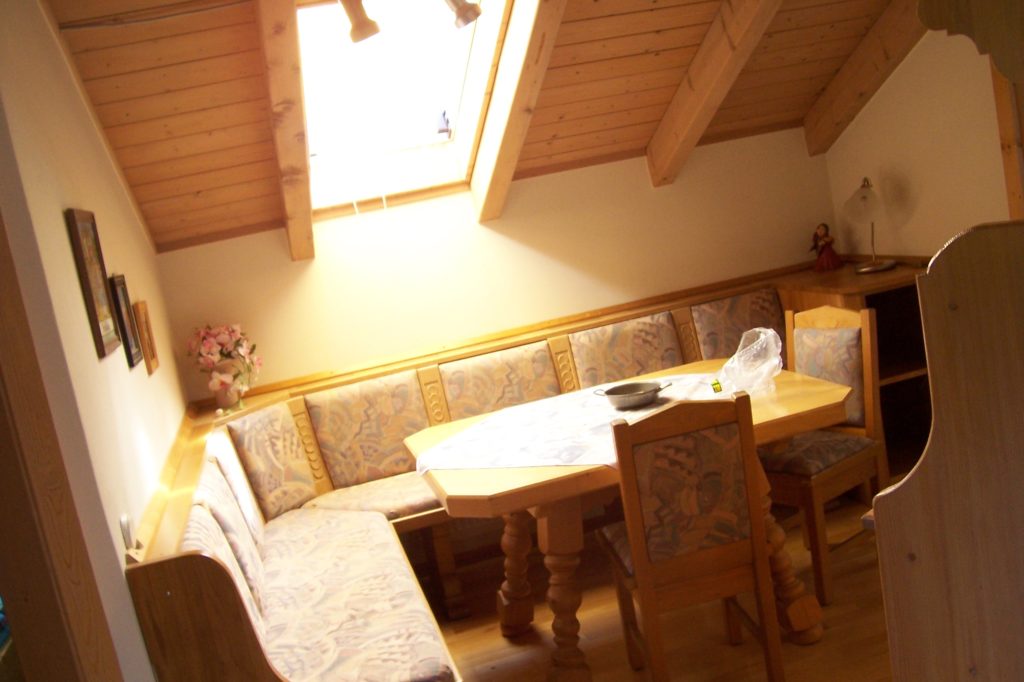
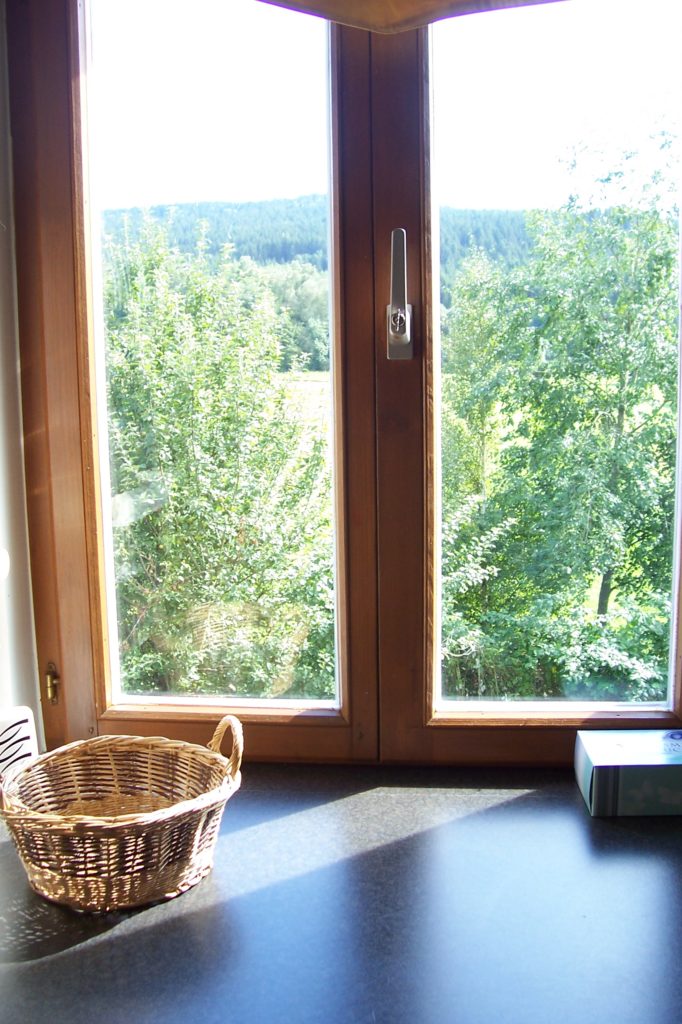
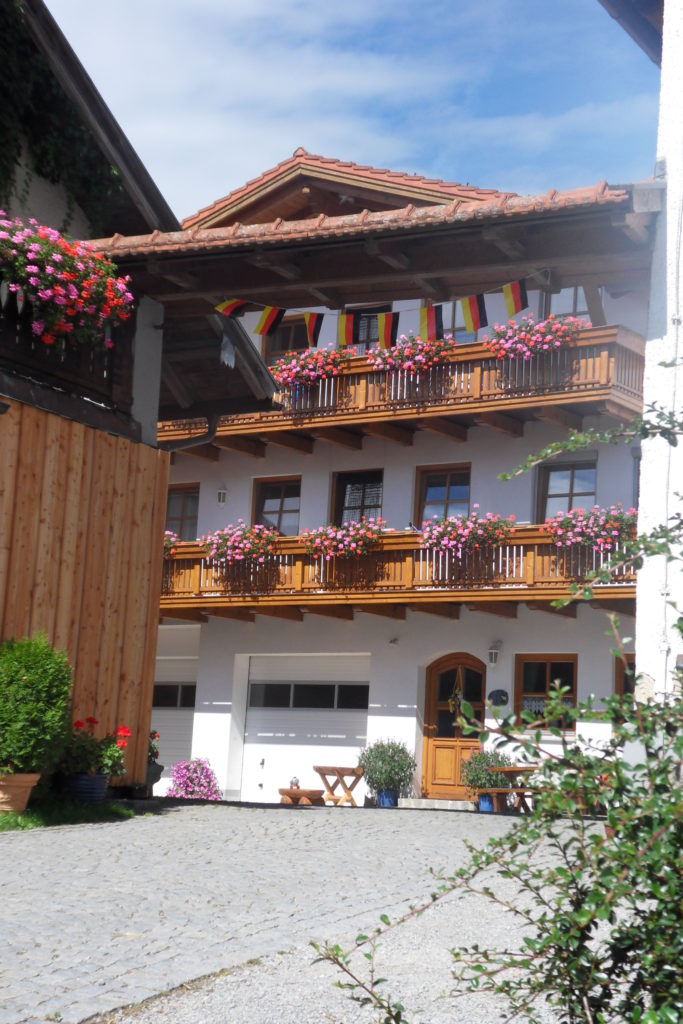
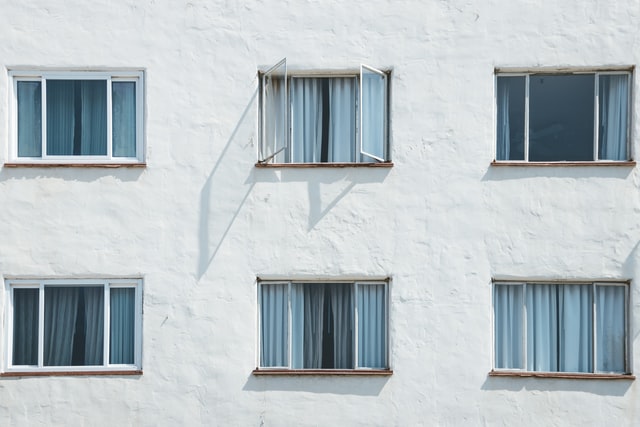
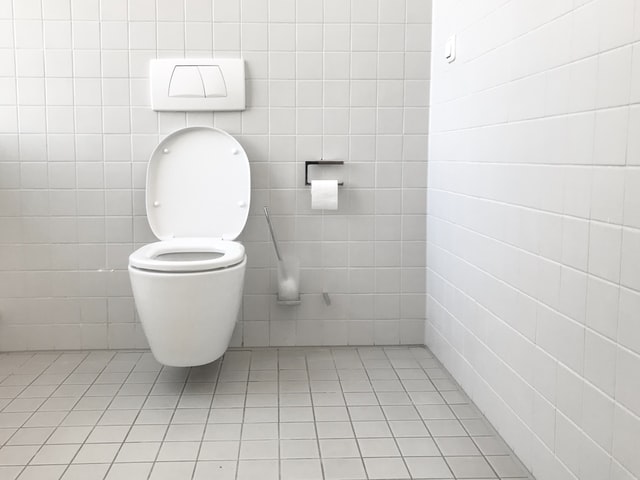
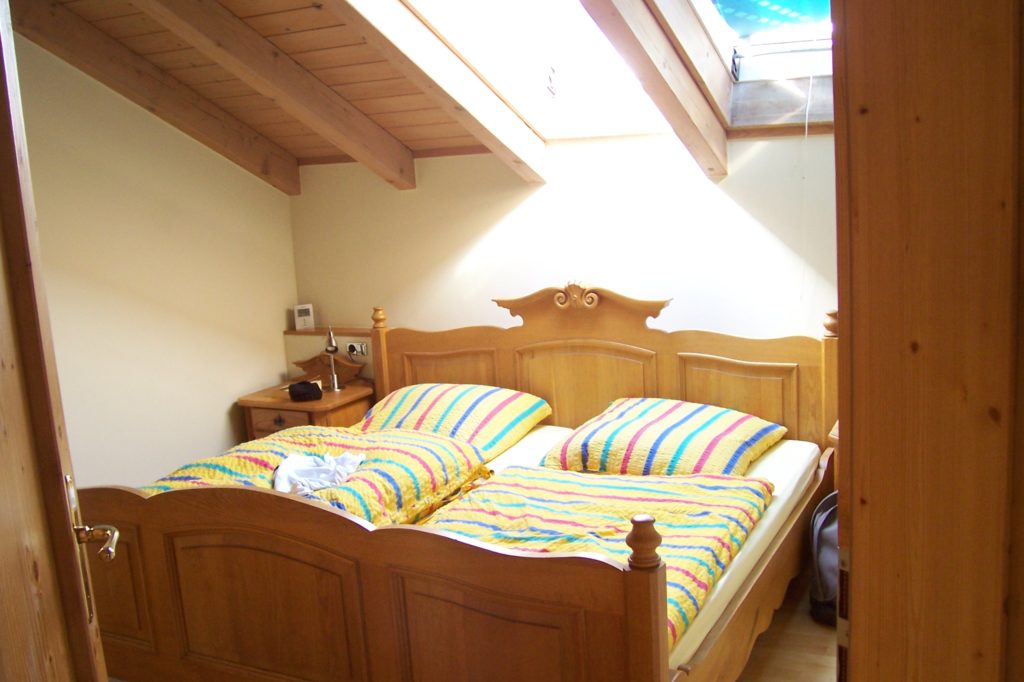
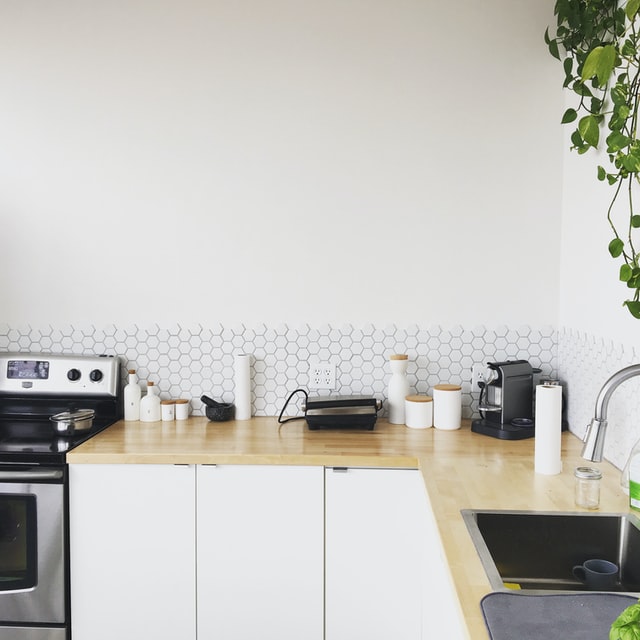

Comments:
Pius Gross:
I found your writing and photos very interesting.
Constanze:
@Pius Gross Glad you like the post, Pius! 🙂